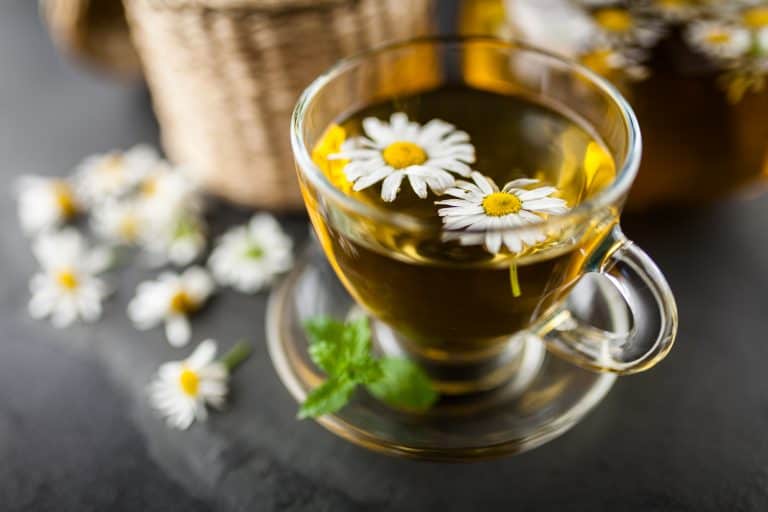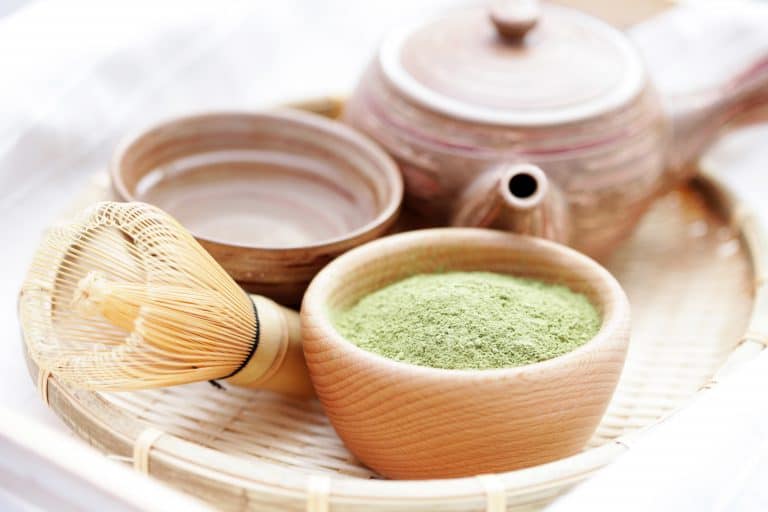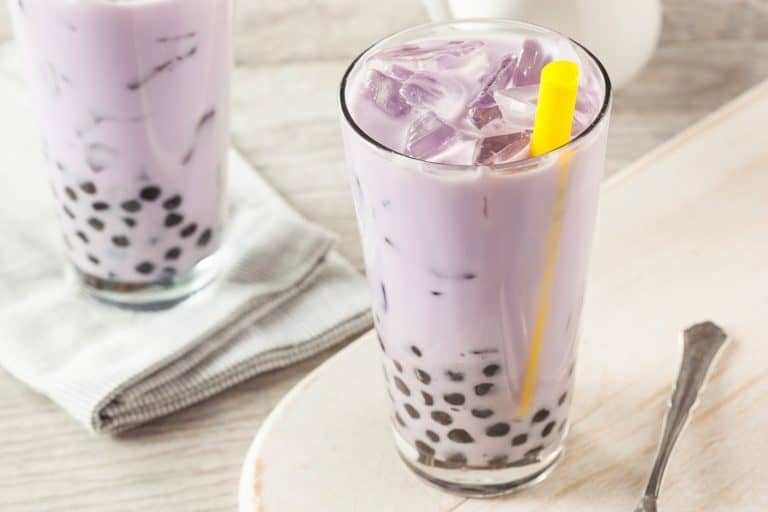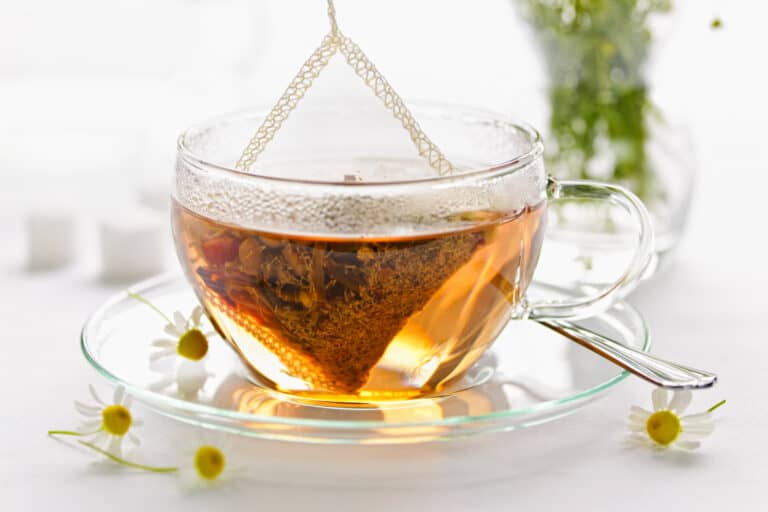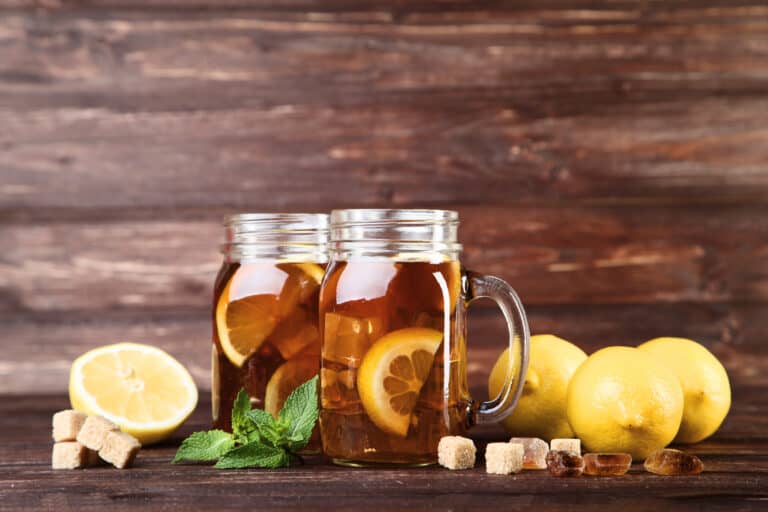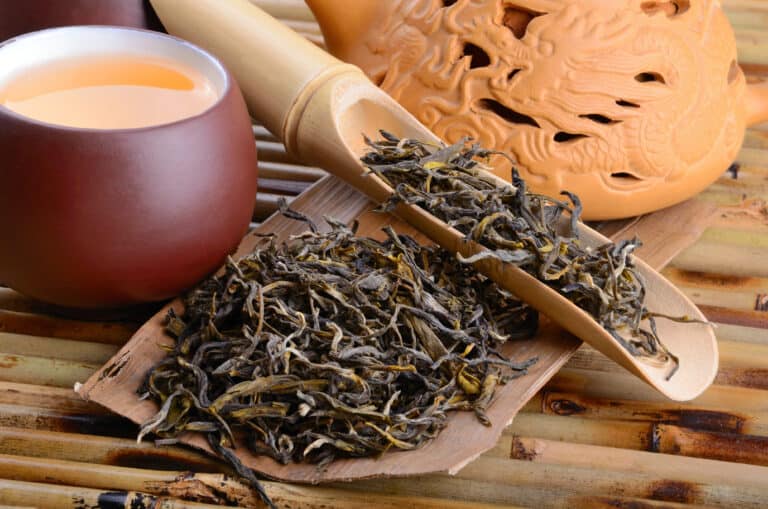Can You Oversteep Tea?
Disclosure: This post may contain affiliate links, meaning I get a commission if you decide to make a purchase through my links, at no cost to you.
As an avid tea drinker and connoisseur, one question that often brews in my mind is, “Can you oversteep tea?” The answer, my dear tea enthusiasts, is not as straightforward as you might think.
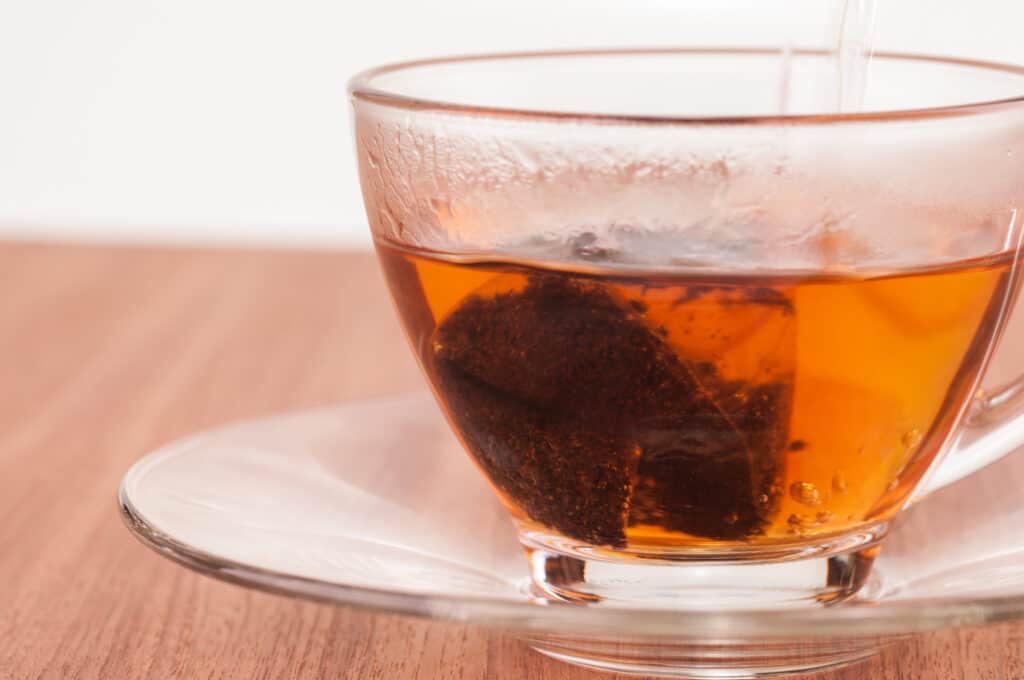
Welcome to our cozy corner of the internet where we explore the intricate world of teas and smoothies. Today, we’re diving into the art and science of tea steeping, a process that can transform your humble cup of tea into a symphony of flavors or, if not done right, a bitter disappointment.
While yes, it is possible to oversteep tea, making it bitter, it depends on a lot of factors, which we will discuss here. So, grab your favorite tea mug, sit back, and let’s embark on this steeping journey together.
Understanding Tea and Its Types
Tea, a simple yet complex beverage, has been a staple in many cultures for a long time. It all starts with the leaves of the Camellia Sinensis plant, which are transformed into the many types of tea we enjoy today.
True Teas and Herbal Teas
When we talk about “true teas,” we’re referring to green tea, white tea, oolong tea, black tea, and pu-erh teas. These teas are all derived from the same plant but differ in their processing methods and flavor profiles. For instance, green tea and white tea are less oxidized, preserving a lighter, more delicate flavor. On the other hand, black tea and pu-erh teas undergo a longer oxidation process, resulting in a stronger, more robust flavor.
Herbal teas, such as chamomile tea, are a bit different. They aren’t made from the Camellia Sinensis plant but instead are infusions of various herbs, flowers, or other plant materials. These teas have their unique flavors and health benefits, but for the purpose of our discussion on steeping, we’ll focus primarily on the true teas.
The Many Forms of Tea
Tea comes in various forms, including loose leaf tea, tea bags, and whole leaf tea. Loose leaf tea is often considered the best quality, offering the best flavor as the leaves have room to expand and release their essential oils during the steeping process. Tea bags are convenient and easy to use, but the tea inside is often more broken up, which can result in a different flavor profile. Whole leaf tea, similar to loose leaf, allows for a fuller flavor extraction, making it a good idea for those seeking the best results from their brew.
The Flavor Spectrum
Each type of tea has its unique flavor profile, from the grassy, fresh taste of green tea to the rich, malty notes of black tea leaves. The flavor of your tea can be influenced by many factors, including the quality of the tea, the water temperature, and, of course, the steeping time. So, can you oversteep tea? Absolutely. But the impact of oversteeping can vary depending on the kind of tea and your personal preference. Let’s delve deeper into the science of steeping to understand why.
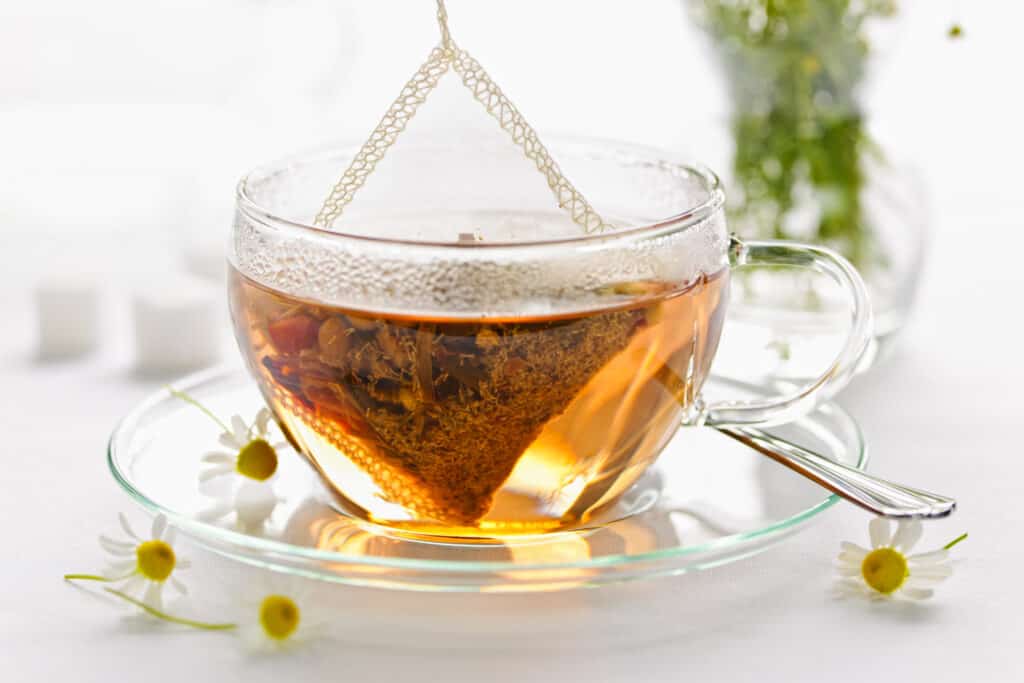
The Science of Steeping Tea
Steeping tea is more than just a brewing method; it’s a science that involves extracting the flavors and nutrients from the tea leaves. Understanding this process can help you brew the perfect cup of tea every time.
The Steeping Process
When you steep tea, you’re essentially soaking the tea leaves in hot water. This process allows the water to extract the flavors, caffeine, and other compounds from the leaves. The amount of time you let your tea steep can significantly impact the flavor of your tea and its caffeine content.
The Role of Water Temperature
Water temperature plays a crucial role in the steeping process. Different teas require different water temperatures to bring out their best flavor. For instance, delicate teas like green and white tea require cooler water, while black and pu-erh teas can handle higher temperatures. Using an electric kettle with temperature control can help you achieve the right water temperature for each type of tea.
The Impact of Steeping Time
The length of time you steep your tea can affect not only its flavor but also its health benefits. Short steeps can lead to a lighter flavor and less caffeine, while a longer steep time can result in a stronger cup of tea with more caffeine. However, steeping tea for too long can lead to a bitter taste due to the release of tannic acid. So, while you might think an extra minute won’t do any harm, it could be the difference between a smooth, flavorful cup and a bitter one.
The Effect on Nutrients and Caffeine
Tea is rich in antioxidants that help combat free radicals in the body. It also contains amino acids that contribute to its flavor and health benefits. However, oversteeping can affect these beneficial compounds. For instance, steeping green tea for too long can degrade its essential oils and antioxidants, reducing its health benefits. Similarly, oversteeping can increase the caffeine content, which might not be a good thing for those sensitive to caffeine.
The Art of Steeping: Best Practices
Steeping tea is an art that requires a bit of knowledge and a lot of love. Here are some best practices to help you brew the perfect cup of tea.
Choosing the Right Water
The type of water you use can significantly impact your tea’s flavor. Tap water often contains minerals and chlorine that can alter the taste of your tea. Using fresh water, preferably filtered or spring water, is the best practice for brewing high-quality tea.
Heating the Water
How you heat your water is also important. While a microwave might be convenient, it doesn’t provide consistent heat. An electric kettle is a better option, especially one with temperature control. This allows you to heat water to the perfect temperature for your specific type of tea.
Measuring the Right Amount of Tea
The general rule of thumb is to use one teaspoon of loose tea or one tea bag per cup of hot water. However, this can vary depending on the type of tea and your personal preference. Some tea drinkers might prefer a stronger cup and use more tea, while others might prefer a lighter flavor.
Steeping for the Recommended Time
Each type of tea has a recommended steeping time to extract the best flavor without becoming bitter. As a general guideline:
- White and green teas: 1-3 minutes
- Oolong tea: 2-3 minutes
- Black and pu-erh teas: 3-5 minutes
Remember, these are just guidelines. The best way to find your perfect steeping time is through experimentation. Try different steeping times and see what you like best. Just remember, steeping for a longer period of time can lead to a bitter cup of tea.
Using a Tea Infuser
A tea infuser allows the tea leaves to expand fully, extracting the maximum flavor. Whether you’re using a tea bag or loose leaf tea, ensure there’s enough room for the leaves to expand.
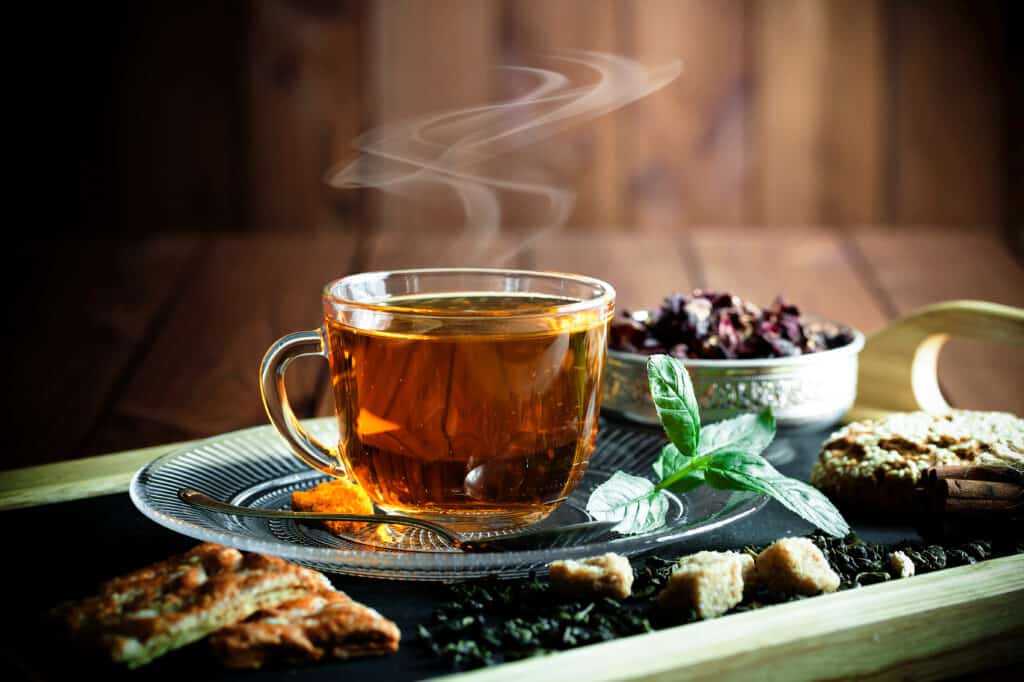
The Risks of Oversteeping Tea
Oversteeping tea is a common mistake, especially for new tea drinkers. Understanding the risks associated with oversteeping can help you avoid a bitter cup of tea and ensure a good tea experience every time.
The Bitter Truth About Oversteeping
When tea steeps, it releases a variety of compounds that contribute to its flavor, aroma, and health benefits. However, steeping for too long can lead to the release of excessive tannic acid, resulting in a bitter tea taste. This is especially true for stronger tea types like black and pu-erh teas.
The Impact on Caffeine Content
Oversteeping also affects the caffeine content of your tea. The longer the tea steeps, the more caffeine is released. While this might be a good thing for those seeking a caffeine boost for mental alertness, it can lead to a strong cup of tea that might not be suitable for everyone, especially those sensitive to caffeine.
The Effect on Health Benefits
While tea is known for its health benefits, oversteeping can degrade some of these beneficial compounds. For instance, the essential oils in tea, which contribute to its aroma and flavor, can be lost if the tea is steeped for too long.
Cold Brewing: An Alternative Steeping Method
If you’re worried about oversteeping your tea, cold brewing might be a good alternative. This method involves steeping tea in cold water for a longer period, usually several hours. Cold-brewed tea is less likely to become bitter, and it often has a smoother, more mellow flavor compared to hot-steeped tea.
Cold brewing is also a great way to make iced tea. Just steep your tea in cold water, strain, and serve over ice. This method works well with many different types of tea, but it’s particularly good with green teas, especially Japanese greens, which can become bitter when steeped in hot water.
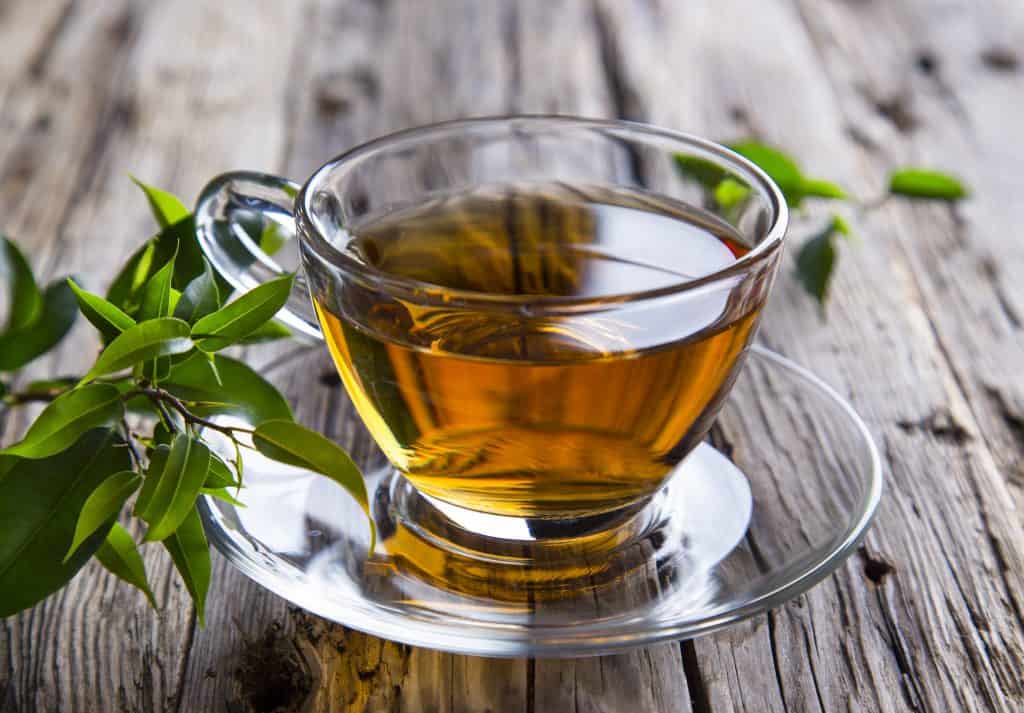
The Right Way to Steep Tea
Steeping tea is more than just a brewing method; it’s a ritual that requires attention and care. Here are some general guidelines to ensure a good tea experience:
- Always use fresh, cold water for brewing.
- Heat the water to the right temperature for your specific type of tea. Avoid bringing the water to a rolling boil, especially for delicate teas.
- Measure the right amount of tea. Remember, more tea leaves doesn’t necessarily mean better flavor. It can lead to a strong, potentially bitter cup of tea.
- Follow the recommended steeping time for your tea type. Adjust as needed based on your personal preference.
- Finally, enjoy the process. Brewing tea is a calming ritual that can be as enjoyable as drinking the tea itself.
Cold Brewing and Cold Steeping
While hot water steeping is the most common method of brewing tea, cold brewing and cold steeping offer unique advantages, particularly when it comes to avoiding oversteeping.
The Cold Steeping Process
Cold steeping involves steeping tea leaves in cold water for an extended period, typically several hours or overnight. This process extracts different flavor compounds than hot water steeping, often resulting in a smoother, less bitter flavor. It’s a great way to enjoy different types of tea, especially those that can become overly bitter when steeped in hot water.
Cold-Brewed Tea vs. Iced Tea
While cold-brewed tea and iced tea are both served cold, they’re not the same thing. Iced tea is typically made by brewing tea with hot water, then cooling it down and serving it over ice. Cold-brewed tea, on the other hand, is steeped in cold water from the start. The result is a tea that’s smoother and less acidic than its iced counterpart.
The Benefits of Cold Steeping
One of the main benefits of cold steeping is that it’s almost impossible to oversteep your tea. Because the water is cold, the extraction process is much slower, and the bitter compounds found in tea leaves are less likely to be released. This means you can leave your tea to steep in the fridge overnight without worrying about waking up to a bitter brew.
Cold steeping also tends to extract less caffeine from the tea leaves, making it a good option for those looking to reduce their caffeine intake. However, it’s worth noting that the caffeine content can still vary depending on the type of tea and the steeping time.
How to Cold Steep
Cold steeping is easy and requires no special equipment. Simply place your tea leaves in a pitcher, add cold water, and leave it in the fridge to steep. The steeping time can vary depending on the type of tea and your taste preference, but a good starting point is to steep for about 6-8 hours. Once the tea has steeped to your liking, strain out the tea leaves, and your cold-brewed tea is ready to enjoy!
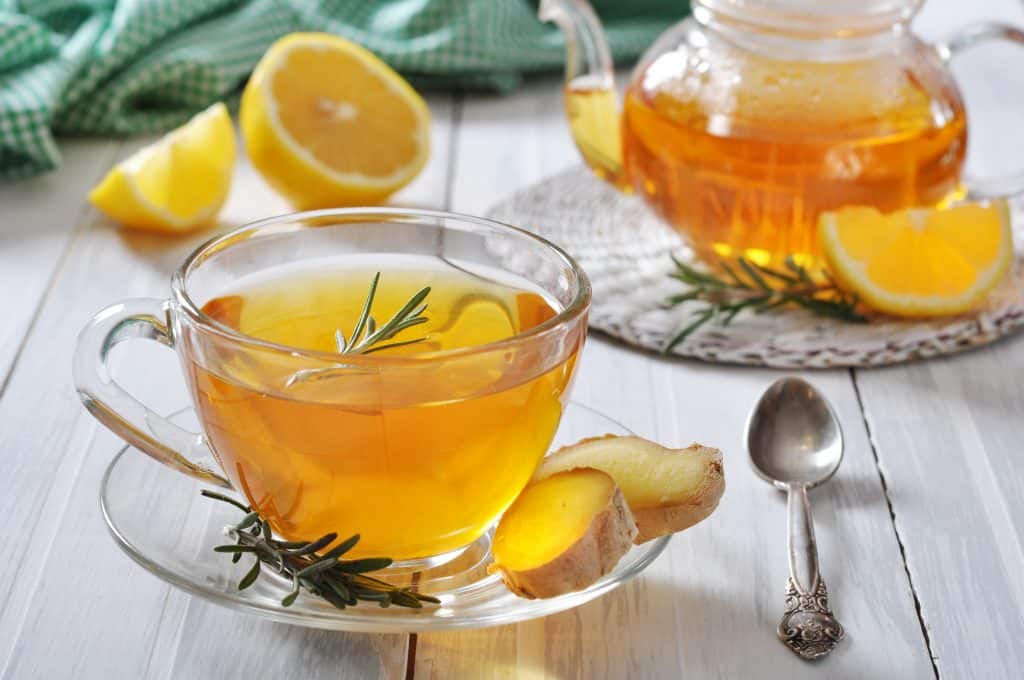
Personal Preference and Experimentation
While there are general guidelines to follow when brewing tea, the perfect cup of tea is largely a matter of personal preference. Experimentation is key to finding your ideal balance of flavor, strength, and aroma.
Experimenting with Different Teas
There’s a world of tea types out there, each with its unique flavor profile and characteristics. Don’t be afraid to try different teas and see which ones you like best. From the grassy notes of green tea to the robust flavor of black tea, the possibilities are endless.
Adjusting Steeping Times
While we’ve provided some general guidelines for steeping times, these can be adjusted based on your personal preference. If you prefer a stronger cup of tea, try steeping for an extra minute or two. Just remember, steeping for too long can lead to a bitter flavor, especially in stronger teas like black and pu-erh.
Trying Different Brewing Methods
Hot steeping, cold brewing, using an electric kettle, a tea infuser, or even brewing in a teapot—there are many ways to brew tea. Each method can yield different results, so feel free to experiment and find the one that suits you best.
The Importance of Quality
The quality of your tea leaves plays a significant role in the final taste of your brew. High-quality tea, whether it’s loose leaf or whole leaves, will generally yield a better flavor than lower-quality options. So, for the best results, always opt for the best quality you can find and afford.
How many times can you steep tea?
Final Thoughts on Oversteeping Tea
Navigating the world of real teas can be a journey filled with aromatic highs and bitter lows. Oversteeping tea, while seemingly a small misstep, can transform a potentially delightful cup into a bitter disappointment. But fear not, fellow tea enthusiasts! With the knowledge you’ve gained today, you’re well-equipped to avoid this common pitfall.
Remember, the perfect cup of tea is not just about following rules but also about understanding the delicate balance between the type of tea leaf, water temperature, and steeping time. It’s about appreciating the transformation that occurs when a humble tea leaf meets water and time, creating a symphony of flavors in our cups of tea.
While oversteeping can lead to a stronger caffeine kick, it’s not always a bad thing. Some tea drinkers might prefer a stronger brew and don’t mind the extra caffeine. However, for those who prefer a smoother, less bitter cup, keeping an eye on your steeping time is crucial.
So, the next time you’re brewing your favorite tea, remember the art and science behind the steeping process. Experiment with different teas, steeping times, and brewing methods. After all, the journey to the perfect cup of tea is as enjoyable as the destination itself. Here’s to many more delightful tea experiences ahead!
Happy brewing!
Amanda
